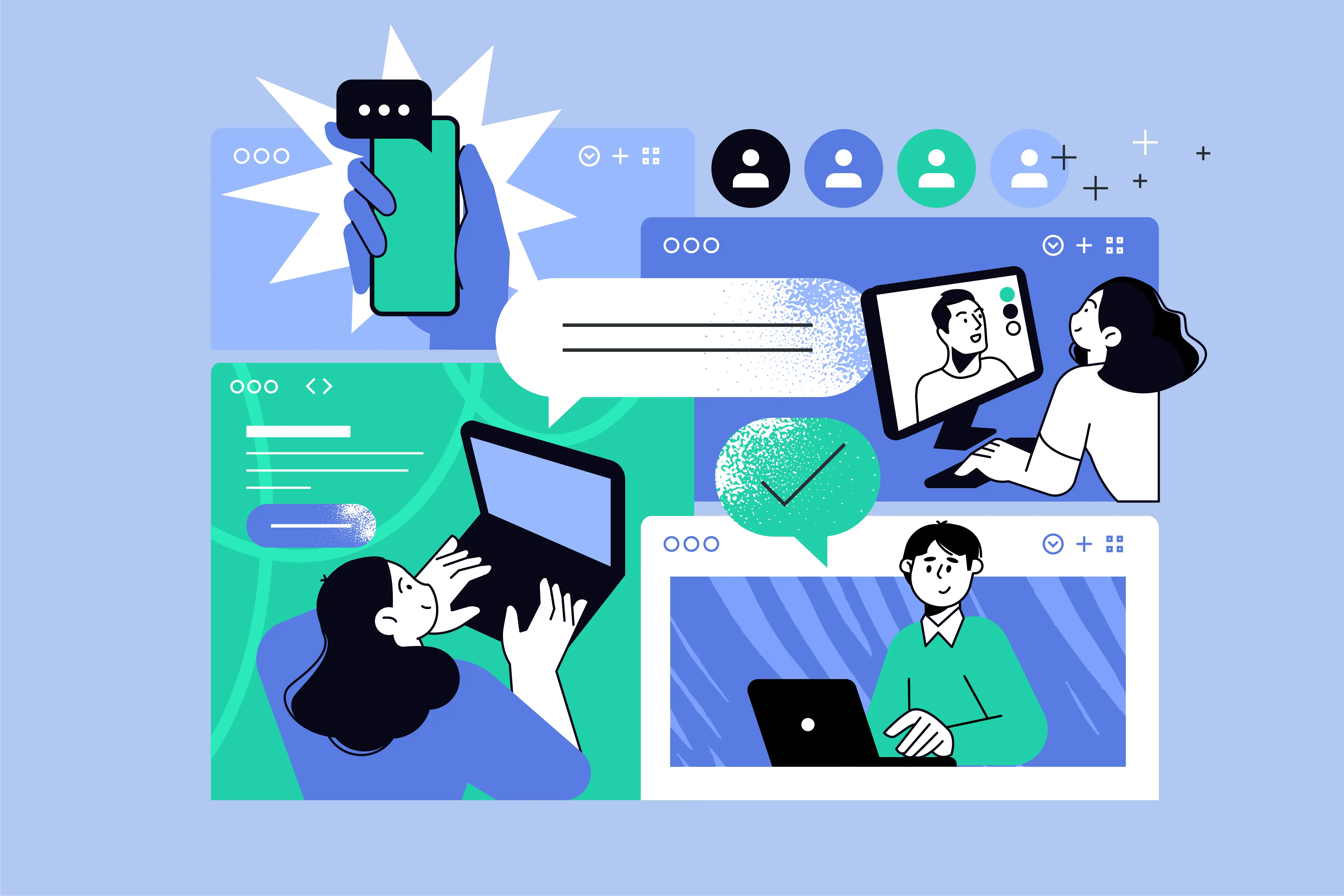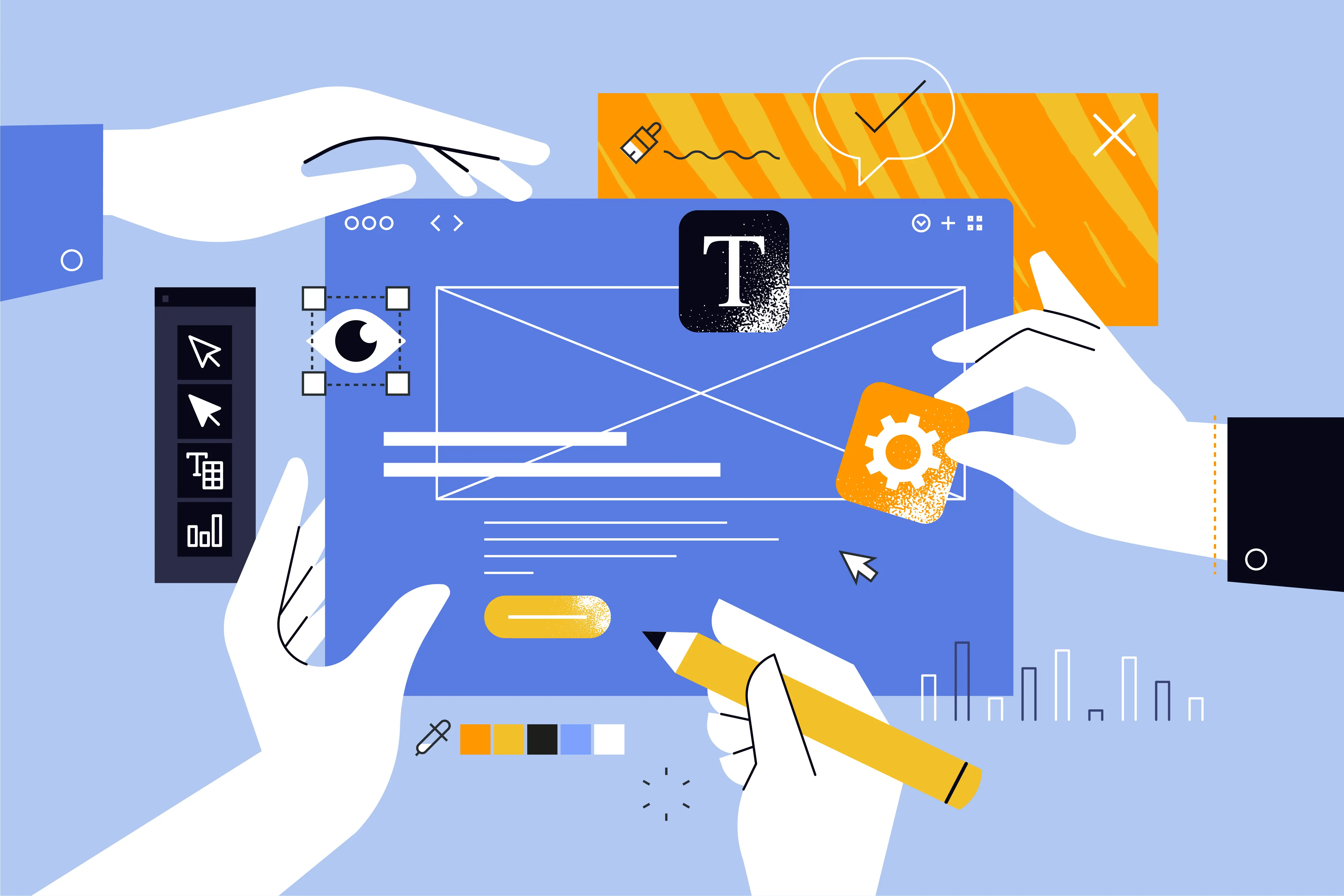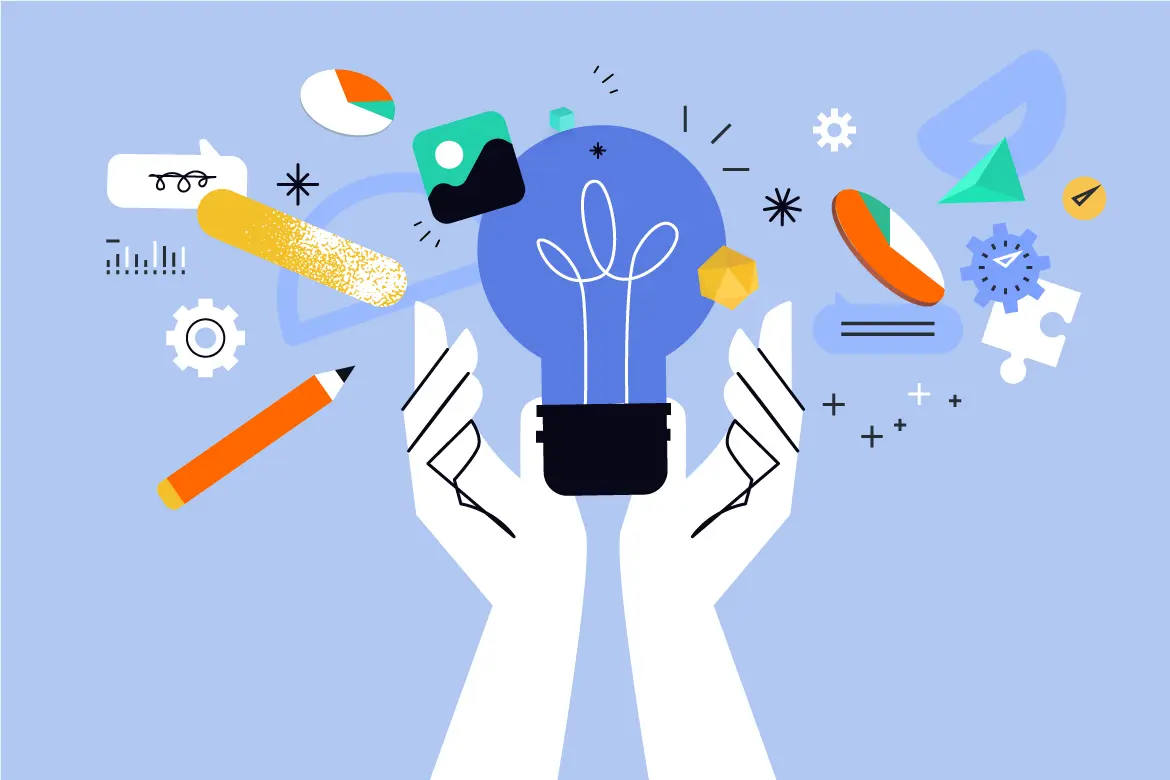The Anatomy of an AI Voice Agent: Understanding NLP, NLU, NLG, ASR, and TTS
A deep dive into the core technologies that power AI voice agents, including NLP, NLU, NLG, ASR, and TTS, and how they create human-like conversations in healthcare settings.
Savut Sang
Co-founder & Chief Technology Officer

The Anatomy of an AI Voice Agent: Understanding NLP, NLU, NLG, ASR, and TTS
A truly seamless and natural conversation with an advanced AI voice assistant healthcare platform often feels remarkably intuitive, almost like magic. The agent effortlessly understands your complex questions, grasps the subtle nuances of context, and responds in a fluid, natural, and profoundly human-like manner. However, this seemingly effortless interaction is far from magical; it is, in fact, the meticulously orchestrated result of a sophisticated symphony of cutting-edge technologies working in perfect, real-time harmony.
For technical leaders, IT managers, software architects, and innovators across the healthcare sector, gaining a comprehensive understanding of this intricate "anatomy" is absolutely crucial. It is the key to fully appreciating the immense power, transformative potential, and underlying complexities of modern healthcare conversational AI. This in-depth article aims to meticulously deconstruct the digital brain of an AI voice agent, providing a clear and detailed explanation of each core component that collectively enables it to listen attentively, understand deeply, process information intelligently, formulate coherent thoughts, and finally, speak articulately.
As healthcare organizations increasingly adopt AI-powered healthcare assistants to improve patient care and operational efficiency, understanding these foundational technologies becomes essential for making informed decisions about implementation and integration with existing healthcare systems.
Key Takeaways:
- Core Components: AI voice agents are built on a stack of technologies: NLP, NLU, NLG, ASR, and TTS.
- Understanding vs. Hearing: ASR converts speech to text, but NLU is what interprets the meaning and intent.
- Intelligence Engine: Machine Learning (ML) and Large Language Models (LLMs) provide the core intelligence and generative capabilities.
- Synergistic Flow: These technologies work together in a rapid, cyclical process to create a fluid, real-time conversation.
- Healthcare Applications: These components enable specialized applications like appointment scheduling, patient triage, and medical documentation.
The Core Components of Conversational AI: The Pillars of Understanding
At the very heart of any advanced conversational AI system lie the fundamental pillars that enable machines to process, interpret, and generate human language. These three interconnected components form the cognitive engine of the AI, allowing it to engage in meaningful dialogue:
-
Natural Language Processing (NLP): The Overarching Brain: Consider NLP as the comprehensive "brain" of the entire system. It represents the broad and interdisciplinary field of Artificial Intelligence specifically dedicated to enabling computers to decipher, interpret, and, crucially, generate human language, whether it is presented in written text or spoken form. NLP encompasses a vast array of techniques and algorithms designed to bridge the gap between human communication and machine comprehension. In healthcare environments, NLP enables medical voice bots to understand complex medical terminologies, patient symptoms, and clinical contexts with remarkable accuracy.
-
Natural Language Understanding (NLU): The Ears and Comprehension Center: If NLP is the expansive brain, then NLU functions as the system's highly attuned "ears" and its central comprehension unit. As a critical subset of NLP, NLU is singularly focused on the inherently difficult and nuanced task of parsing raw user input to accurately determine its core intent and to meticulously extract key entities or pieces of information. For instance, it's the profound difference between merely recognizing the spoken words "book an appointment" and truly understanding that the user's underlying goal is to schedule a medical visit, including identifying potential dates, times, and physician preferences. This deep understanding is what enables healthcare appointment scheduling AI to function effectively, transforming how medical practices manage patient interactions and reducing the burden on administrative staff through medical front desk automation.
-
Natural Language Generation (NLG): The Articulate Mouth: NLG serves as the articulate "mouth" of the entire operation. Its primary function is to take the structured information, decisions, and insights derived from the AI model's processing and translate them back into natural, fluent, and coherent human language. The effectiveness of NLG is paramount; superior NLG ensures that the AI's responses are not only clear and grammatically correct but also contextually appropriate, nuanced, and remarkably human-like, moving far beyond robotic recitations of data. It crafts responses that feel genuinely conversational and helpful, a critical capability for empathetic AI voice interactions with patients that can significantly improve patient satisfaction and trust.
From Spoken Word to Digital Thought (and Back Again): The Auditory Bridge
For an AI to engage in a truly natural and effective voice conversation, it must possess the fundamental capability to accurately process and interpret human speech, and subsequently, to generate its own spoken responses. This intricate bidirectional conversion—from sound to digital thought and back again—is facilitated by two absolutely critical technologies:
-
Automatic Speech Recognition (ASR): The AI's Listening Ear: This is the foundational technology responsible for the initial and crucial step of converting spoken words into a written, text-based format. ASR acts as the indispensable bridge from the complex, analog world of audible human speech to the structured, digital realm that the AI can process. It creates the raw textual input that the Natural Language Understanding (NLU) engine will then meticulously analyze. In a highly specialized and sensitive environment like a medical setting, the quality and accuracy of ASR are paramount. It must be robust enough to accurately capture complex medical terminology, diverse accents, varying speech patterns, and even background noise, ensuring that no critical information is lost or misinterpreted. For HIPAA-compliant AI assistants, the ASR component must also maintain the highest standards of data privacy and security, ensuring that all spoken patient information is processed and stored according to strict regulatory requirements. This secure processing capability is essential for secure medical call handling systems that healthcare organizations can trust with sensitive patient data.
-
Text-to-Speech (TTS): The AI's Voice: Once the AI has successfully processed the input, formulated its internal response, and generated a text-based reply, TTS technology steps in to convert this digital text back into natural-sounding human speech. Modern TTS systems have evolved dramatically, capable of producing a wide variety of voices, tones, inflections, and even emotional nuances. This advanced capability allows the AI agent to sound remarkably human, fostering a more comfortable and engaging conversational experience for the user, and significantly enhancing the perception of empathy and understanding. For 24/7 virtual medical receptionists, the quality of TTS is crucial in maintaining professional and compassionate communication with patients, regardless of the time of day or night. The ability to convey warmth, understanding, and professionalism through synthetic speech is what distinguishes truly effective healthcare AI phone agents from basic automated systems.
The Engine of Intelligence: Machine Learning and Large Language Models (LLMs)
What truly imbues an AI voice agent with its remarkable "intelligence"—its capacity to learn, adapt, and generate novel, contextually appropriate responses—is the sophisticated interplay of machine learning (ML) and the powerful models it produces, particularly Large Language Models (LLMs).
-
Machine Learning (ML): The Continuous Learning Engine: ML serves as the dynamic engine that propels the AI's continuous improvement and evolution. Through rigorous training on vast and diverse datasets, the AI system meticulously learns intricate patterns, identifies subtle correlations, and progressively refines its understanding of language and context. This iterative process allows the AI to continuously enhance its performance over time, becoming more accurate, efficient, and nuanced in its interactions. For healthcare call analytics AI, machine learning enables the system to identify patterns in patient interactions, detect sentiment changes, and provide valuable insights that help healthcare providers improve their service quality and patient satisfaction.
-
Large Language Models (LLMs): The Foundational Generative Powerhouse: LLMs, such as the highly advanced GPT-4, represent the foundational models that underpin the extraordinary generative capabilities of today's cutting-edge AI. These general-purpose models are initially pre-trained on an unimaginably massive corpus of text and data, encompassing a vast spectrum of human knowledge and linguistic expression. This pre-training endows them with a profound understanding of language structure, semantics, and context. For highly specialized and sensitive fields like healthcare, these powerful LLMs are then subjected to a crucial process of fine-tuning. This involves further training with custom, domain-specific data—including specialized medical terminologies (such as ICD-10 and SNOMED CT codes), clinical guidelines, and extensive datasets of sample healthcare conversations. This fine-tuning dramatically improves their accuracy, relevance, and safety within the medical domain, ensuring they can handle complex healthcare inquiries with precision and reliability. The result is healthcare system integration voice agents that can seamlessly work with existing healthcare infrastructure, including EMR integrated voice assistants that can access and update patient records while maintaining full compliance with healthcare regulations.
Healthcare Applications: Where Technology Meets Patient Care
The integration of these core technologies creates powerful applications that are transforming healthcare delivery:
Virtual Medical Receptionist Capabilities
Virtual medical receptionists powered by these technologies can handle a wide range of patient interactions, from appointment scheduling to basic medical inquiries. Unlike traditional automated systems, these AI agents can understand context, handle complex requests, and provide personalized responses that feel natural and helpful.
Healthcare Workflow Automation
Healthcare workflow automation with AI extends beyond simple task completion. By understanding patient intent and accessing relevant medical information, these systems can streamline complex processes like insurance verification, prescription refills, and follow-up care coordination. This automation capability is particularly valuable for practices looking to reduce administrative burden while improving patient experience.
Multilingual Patient Support
Multilingual medical voice bots leverage these technologies to break down language barriers in healthcare. By combining advanced NLU with cultural context understanding, these systems can provide appropriate care guidance to diverse patient populations, ensuring that language differences don't compromise the quality of care.
Integration with Healthcare Systems
The true power of these technologies emerges when they're integrated with existing healthcare infrastructure. AI voice agents with calendar integration can schedule appointments while checking provider availability in real-time, while healthcare CRM integration voice AI can update patient records and trigger appropriate follow-up actions automatically.
The Conversational Flow: A Step-by-Step Look
| Step | Technology | Function | Healthcare Example |
|---|---|---|---|
| 1 | ASR | Converts speech to text | "I need to reschedule my cardiology appointment" -> "I need to reschedule my cardiology appointment" |
| 2 | NLU | Interprets intent and entities | "reschedule_appointment" + "cardiology" + "patient_id" |
| 3 | LLM/ML | Processes intent, accesses healthcare data | Queries EMR, checks provider availability, considers patient history |
| 4 | NLG | Generates contextual response | "I can help reschedule your cardiology appointment. I see you have Dr. Smith on March 15th. What day works better for you?" |
| 5 | TTS | Converts text to empathetic speech | AI speaks with appropriate tone and pacing for healthcare context |
This entire cycle happens in near real-time, creating a fluid and intelligent conversational experience that feels natural and professional. The integration of sentiment analysis healthcare calls throughout this process ensures that the AI can detect emotional cues and respond appropriately, particularly important in sensitive healthcare situations.
The Business Impact: Beyond Technology
Understanding these technologies is crucial for healthcare leaders considering AI implementation. The sophisticated interplay of these components enables significant operational improvements:
- Reduced Administrative Burden: By automating routine interactions, healthcare staff can focus on higher-value patient care activities
- Improved Patient Satisfaction: Natural, empathetic interactions available 24/7 enhance the overall patient experience
- Enhanced Data Accuracy: Automated data capture and processing reduce human errors in patient information management
- Scalable Operations: AI systems can handle multiple interactions simultaneously without compromising quality
For healthcare organizations evaluating these technologies, it's important to consider not just the individual components but how they work together to create comprehensive solutions. The effectiveness of an AI receptionist healthcare system depends on the seamless integration of all these technologies, properly tuned for the specific needs of healthcare environments.
The Symphony of Technology
Understanding the anatomy of an AI voice agent reveals a complex symphony of technologies working in harmony. It's the seamless integration of ASR, NLU, LLMs, NLG, and TTS that transforms a simple program into a sophisticated conversational partner capable of handling complex healthcare interactions with empathy, accuracy, and professionalism.
This technological foundation is what enables comprehensive healthcare AI phone agent solutions that can handle everything from appointment scheduling to patient triage, medication reminders to insurance verification. As healthcare organizations continue to face pressure to improve efficiency while maintaining high-quality patient care, these sophisticated AI systems represent a crucial evolution in how healthcare services are delivered.
For organizations considering implementing AI voice technology, understanding these foundational components is essential for making informed decisions about capabilities, integration requirements, and expected outcomes. The future of healthcare communication lies in the sophisticated orchestration of these technologies, creating systems that are not just functional, but truly intelligent and empathetic partners in patient care.
Looking to understand more about how AI voice agents can transform your healthcare operations? Explore our comprehensive guides on building trust with AI in healthcare, AI voice agents for front office transformation, and 24/7 AI patient support to see how these technologies translate into real-world healthcare benefits.
Ready to Transform Patient Care?
Discover how AI voice agents can streamline your healthcare operations and enhance patient experiences.
By Savut Sang
Co-founder & Chief Technology Officer
Great software isn't just about code—it's about building systems that work flawlessly when lives depend on them. As a senior developer with deep expertise in scalable architectures, I ensure AlloMia's voice technology runs seamlessly in production. My focus is creating rock-solid infrastructure that healthcare teams can rely on 24/7, because downtime isn't an option in healthcare.
Related Articles
Continue exploring our AI Insights


